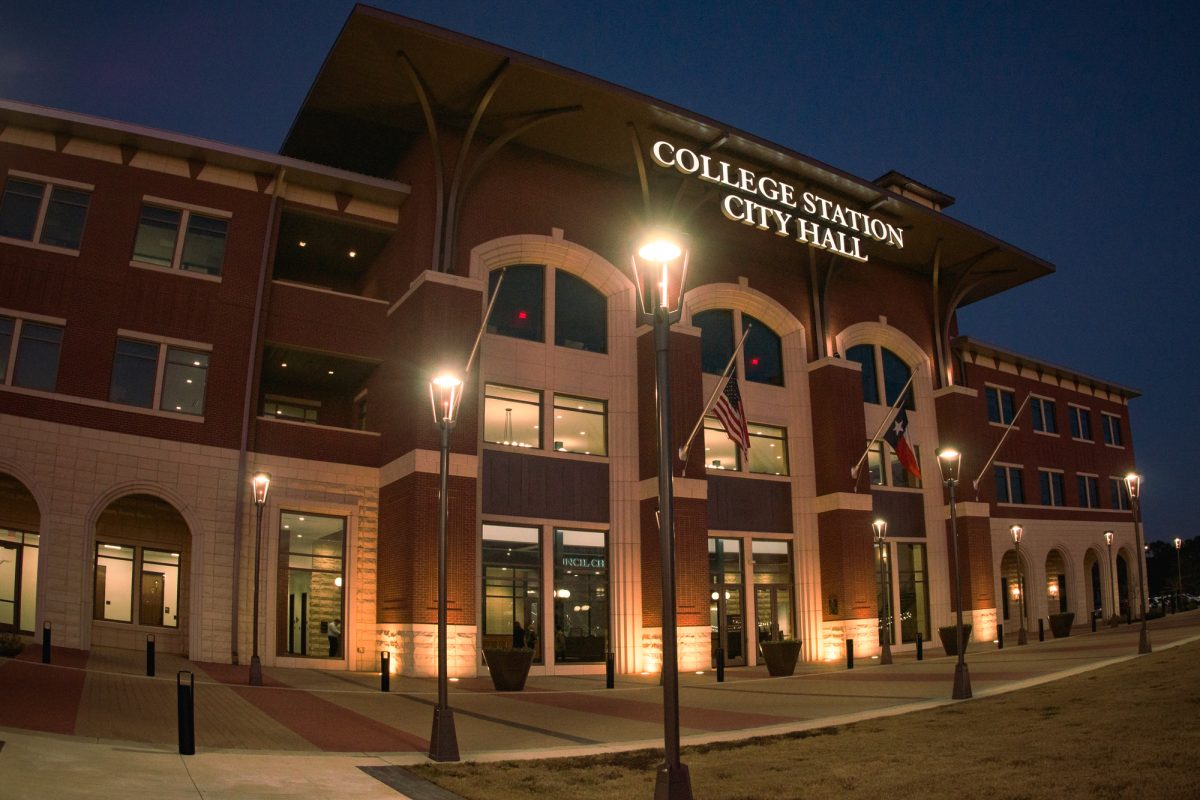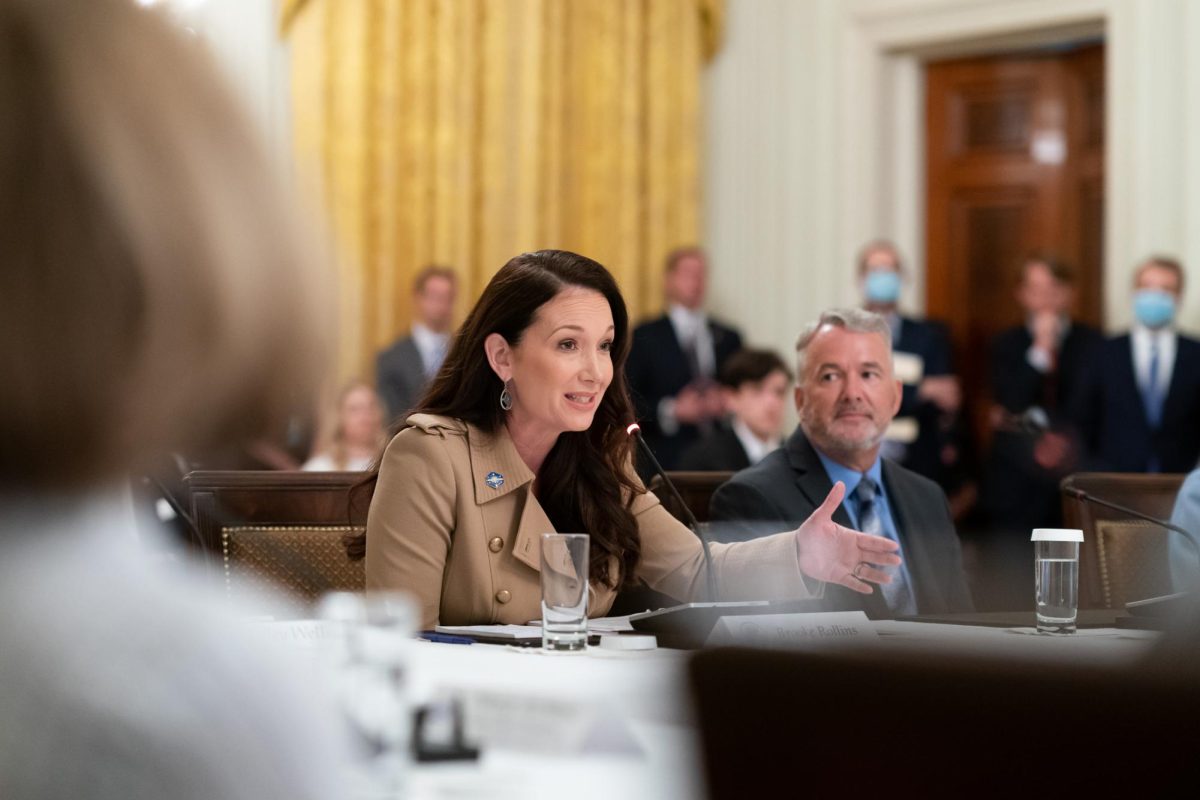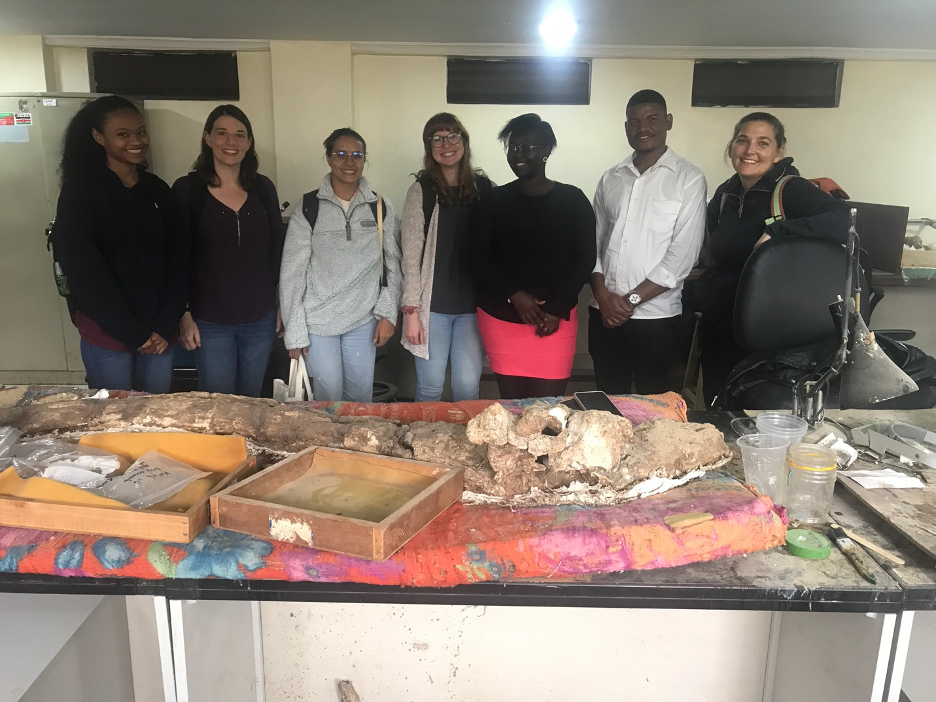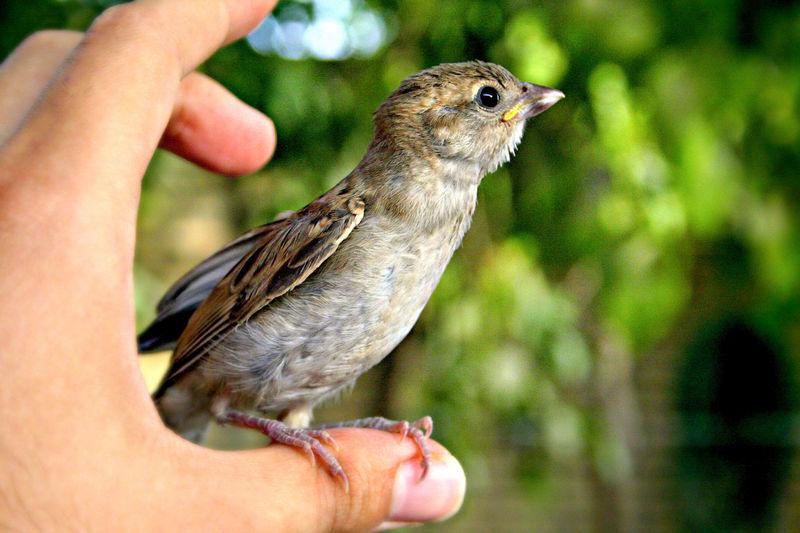The 60s was a turbulent time for the U.S. The Vietnam War, assassination of President John F. Kennedy and Civil Rights movement were among the major issues that rocked the country. Despite Texas A&M’s conservative military background, the campus was be subject to a considerable change in its own right.
Beginning in 1960, Gen. Earl Rudder became president of A&M and, over the next decade, desegregated the campus, allowed women in and made corps service non-mandatory – change had come to A&M.
On the football field, tradition and segregation held out until 1967 when James Reynolds, class of ’69, and Samuel Williams, class of ’68, broke the color barrier.
Reynolds is a bronze century club member and was the head ranger with the National Park Services at Death Valley National Park until January 2008, when he retired.
Williams works with Caring Aggie Mentorship Program (CAMP). CAMP is a long-term mentorship program that has promoted diversity at A&M since 2005. Volunteers help elementary-aged to high school aged children. CAMP sponsors activities one weekend a month.
The mentors inspire the children to pursue higher education by reinforcing academic standards, building confidence and leadership skills, providing fun and life-enriching experiences and role-modeling qualities of success.
Like looking into a window
“Being African-American at Texas A&M was like looking into a window of what was going on in the country at the time as well,” said Reynolds. “We were often ridiculed by name calling, by both kids and ignorant adults. There were even some scenarios where we fought back due to lack of understanding and intolerance; it was a clash of cultures and a clash of ideals.”
Reynolds and Williams were among the first blacks to attend A&M. Williams was in the Corps of Cadets and Reynolds was non-reg. Williams looked to pursue a degree in aerospace engineering, but later changed to industrial engineering. Reynolds was drawn to the wildlife sciences curriculum and the parks and recreation program, one of the few programs offered in the south at the time and the one closest to home.
Despite having different classes and leading different on-campus lifestyles, they became friends and roommates. Together, they forged through academics and racial issues. Then, an arbitrary decision and conversation between the two ensured they would leave a lasting mark on A&M.
A sport in your bones
In an attempt to skirt the stresses of the corps, Williams tried out for football his freshman year. He made it all the way to the practice field before the coaching staff sent him home.
The next day he received an apology, but was told the University was not ready to integrate its football program.
The issue came up again during the next season when, during a casual conversation, Reynolds told Williams of his decision to try out for football and told him he should try out again as well.
“That sport, if you play it,” said Reynolds. “It gets in your bones; so I decided to try out. I hadn’t even really thought of racism and dejection. It wasn’t even on my mind. To play a sport you love, that was what it was all about.”
This time the coaching staff allowed the two to try out, imagining the rigors of pre-season training camp would weed them out, as it did with most walk-ons.
Instead, Reynolds and Williams excelled and made the team as walk-ons for the 1967 season. However, their trials were just beginning.
Though the team was not overly aggressive and confrontational with their new teammates, much of the coaching staff was, including Head Coach Gene Stallings.
Racism on and off the field
The addition of Reynolds and Williams to the team was polarizing for players already on the team.
“There were kids there who just didn’t like you because of your color and would tell you stuff like that,” said Reynolds. “You had to deal with it and you either ignored it or you say ‘Wait a minute, let’s talk about this. You don’t even know me.'”
Though outright discrimination was an issue, many of the players kept their opinions to themselves and grew to respect the two players for their skills on the field and the way they handled themselves off the field.
“There was mixed emotion,” said Williams. “Some of the guys recognized talent and who was good. We made some good friends over the years with some of the guys, but we all got along. Some of the guys, you could tell, didn’t really care for us being out there but that’s their problem. I don’t remember having any real problems with any of the guys. Confrontations were dealt with on the field; that’s how we were coached.”
The experience of Reynolds and Williams is much different from Jerry LeVias, the first scholarship black to break the color barrier in the Southwest Conference, playing football at Southern Methodist University in 1966. According to Williams, LeVias received considerable attention by the media, fans and his own school; both positive and negative – even to the point of death threats.
Though Reynolds and Williams never faced that level of racism, the issue was prevalent and the worst treatment came from the top.
Discrimination from the top
Perhaps the most prevalent source of discrimination came from the coaching staff, namely Coach Stallings.
Stallings was one of the original Junction Boys and a protégé of A&M and Alabama Coach Paul “Bear” Bryant. He was a young coach at A&M from 1965 to 1971.
He went on to have a career of mixed results at A&M, in the pros, and at Alabama, where he won the 1992 National Championship.
For the 1967 season, though, Stallings’ stance was clear on the issue of integration and the football team.
“Coach Stallings made it clear that African-Americans on his team would disrupt harmony,” Reynolds said. “He said it wasn’t in the team’s best interest to mix blacks and whites.”
Reynolds referred to the following statement made by Stallings at the time: “What we need is a team that will work and pull and fight together and really get a feeling of oneness. I don’t believe we could accomplish this with a Negro on the squad.”
During the 1967 season, Reynolds and Williams said Stallings made two questionable decisions that may have held the team back.
“He was in charge and to be honest, there were times where there were good recommendations by coaches that would have made a difference in wins and losses or even particular plays that were overlooked,” said Reynolds. “Perhaps we could have been even better, but he was in charge and did what he wanted to do. He had some learning to do and matured over his career in the pros and then at Alabama.”
Several reporters and scouts told Williams he was good enough to start and on one occasion that he was All-American material. Williams considered trying for the pros, but decided to begin his career. Reynolds was similarly lauded for his skills.
Despite their skills, Reynolds and Williams saw limited playing time. Reynolds was on the kick-off team and played defensive back so he saw more playing time but it was not much. Williams saw time against Baylor and Rice in his first season.
Perseverance
Despite all the obstacles, Reynolds and Williams pushed on. They earned their scholarships in 1968 and graduated with letters in football. Their playing time was limited and the hardships were many, but at the end of the day they were Aggie football players and paved the way for blacks in Aggie football and A&M as a whole.
“Walking out on Kyle Field with the 12th Man,” said Reynolds. “That place would be jam-packed. Even with the student body bigger and louder today than it’s ever been, that place was still pretty loud. Thousands of Aggies and families and friends yelling; it just gives you a chill. It was rather euphoric; it was uplifting, and made you think you could conquer the world.”
“I wouldn’t trade the experience for anything,” said Williams. “And the things we went through I wouldn’t wish upon anyone, but it was the experience of a lifetime and it made me a better man.”
Message
Both Reynolds and Williams gave words of advice for students at A&M reflecting on their experiences, trials and successes at the school they love.
“Strive for excellence,” said Williams. “Especially today: try to be the best, give 110 percent, don’t cut corners, and stay focused. Even if you don’t know what you want, stay focused, aim high, and you will be happy.”
“We are involved in the great experiment of this Earth,” said Reynolds. “We are going to encounter individuals from cultures that are so different and so diametrically opposed to how we grew up and how we believe in those things. Uphold the traditions of honor and integrity that diversity stands for; that means your actions and your deed with each other on campus during the good times and the bad. It is all about the human experiment and how we work together and live together in harmony for the good of future generations.”
Breaking barriers on and off the field
March 23, 2009
0
Donate to The Battalion
$1165
$5000
Contributed
Our Goal
Your donation will support the student journalists of Texas A&M University - College Station. Your contribution will allow us to purchase equipment and cover our annual website hosting costs, in addition to paying freelance staffers for their work, travel costs for coverage and more!
More to Discover









